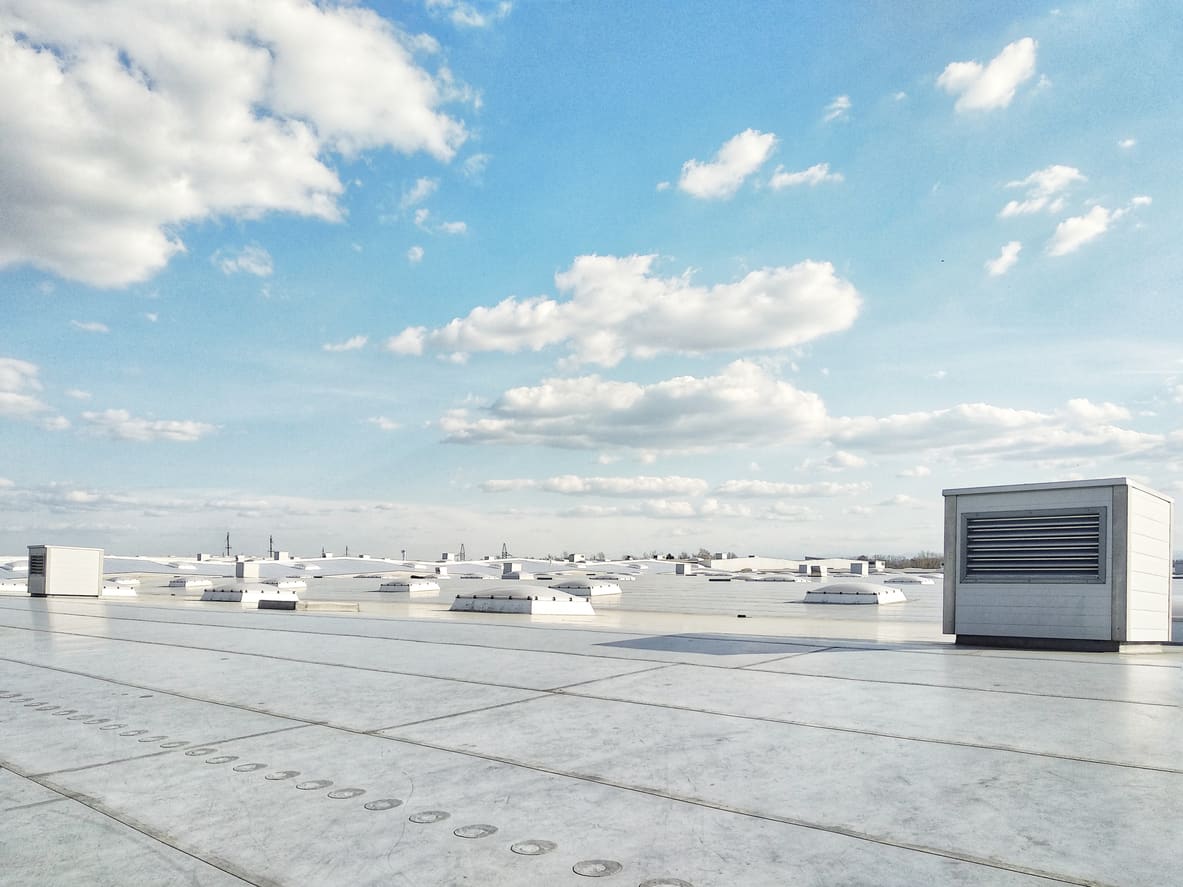Plant containers are essential for creating beautiful gardens and vibrant indoor spaces. Whether you’re growing flowers, herbs, or vegetables, the right container can make all the difference in plant health and aesthetics. However, just as important as choosing the right container is maintaining it for long-term durability. Proper care ensures that your plant containers not only support healthy plant growth but also remain functional and attractive year after year.
Here are some essential tips to help you maintain your plant containers, especially flower containers, ensuring they last for many seasons.
1. Clean Your Containers Regularly
Cleaning your plant containers is crucial to prevent the buildup of salts, minerals, and algae. Over time, these deposits can damage the container material, affect plant growth, and even cause discoloration. A good cleaning routine involves scrubbing your containers at least once every season.
For plastic containers, simply use a mild detergent and water to scrub away any dirt or salt deposits. For ceramic or terracotta flower containers, avoid harsh chemicals that could damage the finish. Soak them in warm water instead, and use a soft brush to get rid of any tough leftovers. Make sure to dry your containers thoroughly before refilling them with soil and plants.
2. Check for Drainage
To keep your plants from getting waterlogged and root rot, make sure they have good drainage. Drainage holes can get plugged up with dirt, bugs, or algae over time. Check the drainage holes in a container before you use it to plant something to make sure they are clear. Any blocks can be broken through with a small stick or wire.
If you find that the drainage isn’t good enough, you could drill more holes or put dirt at the bottom of the container to help the water flow better. For flower pots, this is especially important because flower roots are usually weak and easily damaged by too much water.
3. Store Containers During Harsh Weather
Extreme weather conditions can take a toll on your plant containers, especially if they are made of materials like clay or ceramic, which are more prone to cracking in freezing temperatures. To protect your containers, store them indoors during the winter months or when heavy rain or snow is expected.
If you can’t store them indoors, elevate your containers off the ground using bricks or wooden blocks to prevent them from absorbing moisture, which could lead to cracks. Plastic or resin containers tend to be more durable in extreme weather, but it’s still a good idea to store them away from harsh conditions when possible.
4. Use the Right Soil
The type of soil you use in your plant containers directly impacts their longevity. Using soil that drains well and doesn’t compact too much will help prevent root rot and excessive moisture buildup, which could weaken the container. When planting flowers in pots, it’s especially important to use a mix that drains well so the roots can grow without getting snarled.
Consider using a mix specifically designed for container gardening, as it will have the proper balance of drainage and moisture retention. Avoid using regular garden soil, as it tends to become heavy and compacted in containers, limiting root growth and potentially causing the container to crack or warp.
5. Inspect for Cracks and Wear
Over time, even the most durable containers can suffer from wear and tear. Regularly inspect your containers for cracks, chips, or any signs of damage, especially after storms or heavy handling. If you find any cracks in your flower containers, it’s important to address them immediately. Small cracks can lead to bigger problems, including leaks, water damage, and weakened structures.
For minor cracks, you can try patching them up with epoxy or waterproof sealant. To keep the harm from getting worse, you might want to think about replacing the container if it’s too bad. It’s also a good idea to replace containers that are no longer structurally sound, as they may not be able to provide proper support for your plants.
6. Repot When Necessary
Repotting your plants periodically is another essential maintenance task for ensuring both plant and container longevity. Over time, plants outgrow their containers, and the soil can become compacted and nutrient-depleted. Repotting allows for fresh soil, room for root expansion, and an opportunity to inspect the health of the roots.
Before you repot a plant, carefully take it out of its pot and look for any root damage or signs that it’s too crowded. Choose a new container that’s slightly larger than the previous one to give the plant room to grow. For flower containers, ensure that the new container has enough depth to accommodate the plant’s root system and that it still allows for proper drainage.
7. Protect Against Sun Damage
When left in full sunlight for a long time, some plant pots, especially plastic ones, can fade or break. To avoid this, place your containers in areas where they receive indirect sunlight, or choose containers made from UV-resistant materials. This will help prevent color fading and structural damage, ensuring your containers look great for years to come.
Conclusion
Maintaining your plant containers, especially flower containers, for long-term durability requires regular care and attention. By cleaning them, ensuring proper drainage, protecting them from harsh weather, and inspecting them for damage, you can extend the life of your containers while ensuring your plants continue to thrive. With these simple steps, your plant containers will remain functional, beautiful, and durable for many gardening seasons to come.



